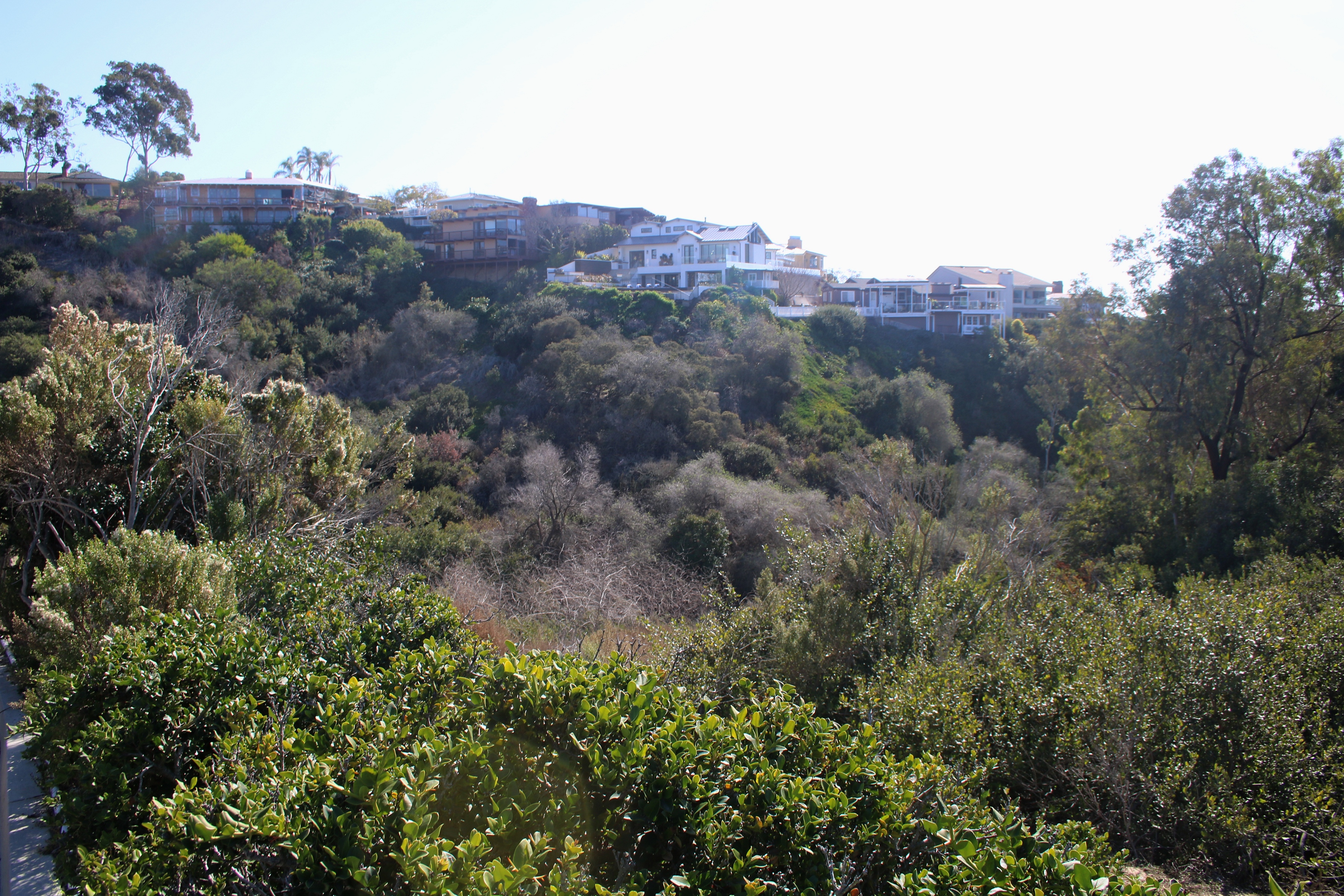
— Photo by Sara Hall ©
The potential fire risk in Buck Gully, particularly the lower section in Corona del Mar, has returned as a hot topic of 2018.
The issue has continued to stay warm over the last two decades as Newport Beach staff and fire personnel, residents, and City Council discussed the subject.
Recent fires in California, predominantly the devastating Thomas Fire in Ventura County, has reignited the concern among some local citizens.
Longtime Corona Highlands resident Linda Oeth has always felt “uneasy,” but with the fires last few months have really been a wake up call, she said. There is a “tremendous” amount of fuel for a potential fire in Buck Gully, she said.
“If there was a spark, if there was a fire, my house is gone,” Oeth said. “I’m toast.”
A blaze in the gully could extend to homes within the neighborhood that don’t border the wildland, she noted.
“Fire spreads, embers fly,” Oeth added.
Her neighbor Brian Flood also has concerns. His home backs up directly to Buck Gully, and his property line actually goes down into the gully.
“If there’s a fire that sweeps down here my house is gone,” Flood said.
Councilman Scott Peotter, whose district covers Corona del Mar, noted that the city regularly does brush clearing on the public land. Some HOAs also have their own regulations for fuel modification for homes in their neighborhoods, he added.
Fire is a valid concern for Buck Gully, and there are city regulations for homeowners regarding fuel management, noted Newport Beach Fire Chief Chip Duncan.
“It’s not like it’s the wild west and there are no codes down there,” Duncan said. “We do manage it, we do watch it… We take Buck Gully seriously.”
CURRENT CODE
Duncan explained that it’s a three-legged approach: Prevention (fuel management), suppression, and code enforcement.
“We can’t completely eliminate the risk,” Duncan emphasized, it can only be minimized as best as they can according to the current code.
The rules apply differently to each home, depending on if it’s an older house, and existing, non-conforming features have been grandfathered in, or if there has been a significant remodel or it’s a newer build. It also depends on the location, whether or not it borders the wildland.
“It’s not ‘even-steven’ for everybody,” Duncan said.
There are two types of designations regarding vegetation management in the city. Both Hazard Reduction Zones and Fuel Modification Zones are “designed to reduce the amount of combustible fuel, which in turn reduces the amount of heat, associated flame lengths, and the intensity of a fire that may threaten a structure.”
During a recent filming session for a related NBTV program, NBFD Life Safety Specialists Steve Michael and Matt Brisbois explained the differences and what that means for homeowners near Buck Gully.
Fuel Modification Zones, like in Newport Coast communities, have stricter rules regarding clearing and maintenance. They are divided into four lettered zones within the larger FMZ, each of which detail how much thinning is required. They are inspected twice a year.
A Hazard Reduction Zone, which is what the area around Buck Gully is considered, extends out from the part of the structure that faces the wildland area to 100 feet, or to the property line if the property line is closer than 100 feet.
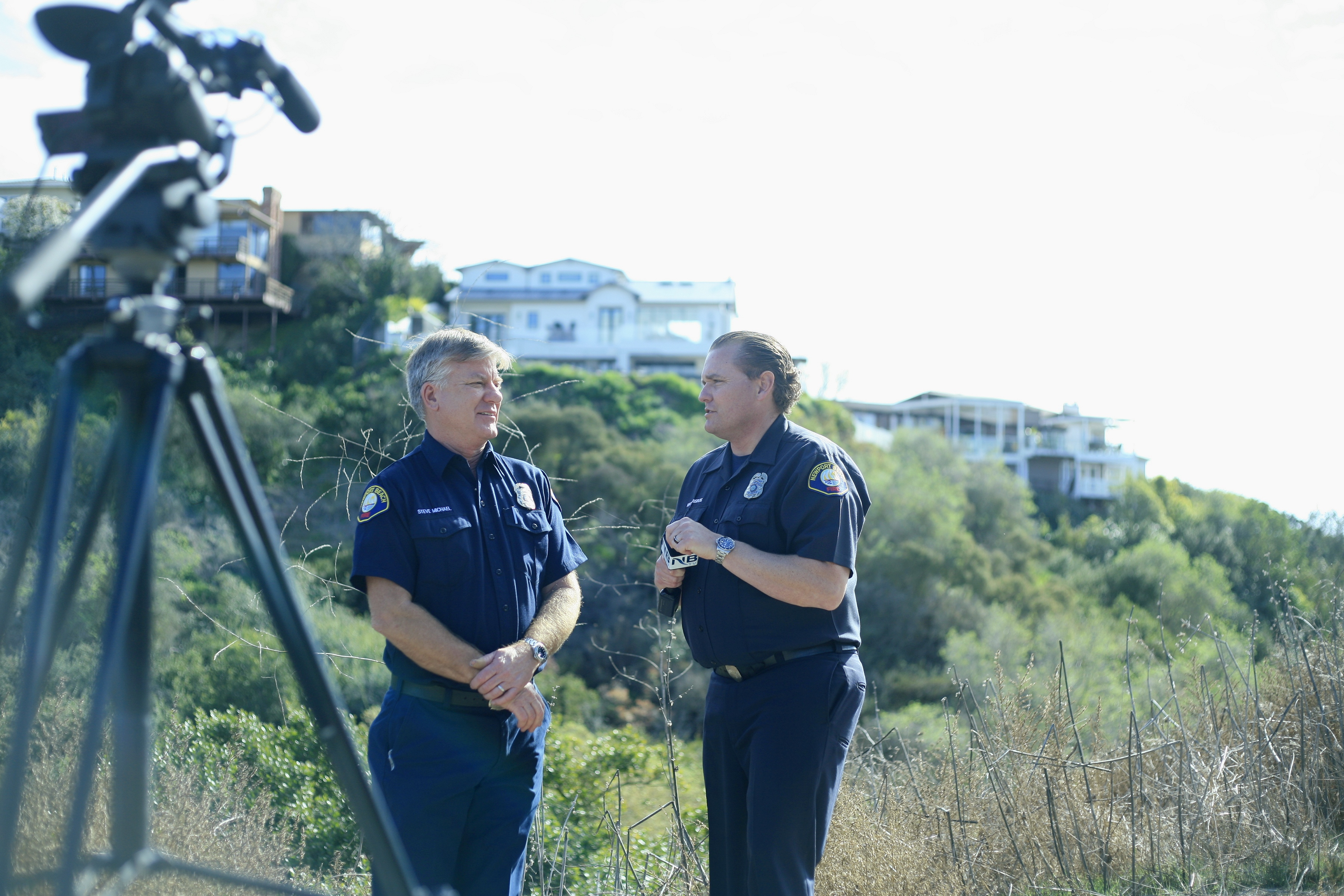
— Photo by Sara Hall ©
Owners of properties that are in a designated HRZ must convert their property to a FMZ if they build a new house or propose a “significant remodel,” Michael explained.
The interior of a house can be completely gutted and renovated, but until they add at least 2,000 square feet or add 50 percent over the existing square footage, it’s not considered a “significant” remodel and wouldn’t trigger the property’s conversion to a fuel modification zone, Michael said.
Hazard Reduction Zones are inspected every other year, and this year it’s time to check Buck Gully.
“There’s a two-year span in between (inspections), so there’s a lot that grows between that, depending on the rain,” Michael said.
During the inspection, the CAD drawings on all the vegetation are updated (noting any changes to vegetation, including any non-compliant plants). Properties that are found not to be following the HRZ regulations, like not removing any dead or dying foliage, are given 30 days to bring the property into compliance. After 30 days, another inspection is conducted. If it is still not compliant, the property owner receives a notice of “intent to abate” allowing 10 days to comply and schedule another follow-up inspection. If the work is still not done, a citation is issued.
Irvine Ranch Conservancy also manages some of the area under a contract with the city. The IRC focuses on public recreation, connection to the community, habitat restoration, resource management, and monitoring the land.
The risk of a fire in Buck Gully is “absolutely” a concern and homeowners near the area should be aware, said IRC Deputy Director Dave Raetz.
“If the community can be aware of the fire risk and contribute to managing it, that’s fantastic,” Raetz said.
The IRC participates in the Fire Watch program. During “red flag” warnings or when the Santa Ana winds are strong, trained volunteers are assigned to monitor the area.
“We’re trying to prevent ignitions in the first place,” Raetz said. “It’s important to stop ignitions during these extreme weather conditions that can cause catastrophic fires.”
The volunteers also engage the public, promoting education about accidental ignitions, like a parked car near dry grass. They also act as a visual deterrent for arsonists.
Another fire preventative measure the Irvine Ranch Conservancy does is habitat restoration, Raetz said.
Non-native plants, like wild mustard, can dry out each year, creating a potential ignition. They also act as “ladder” fuels, helping the fire spread and climb up the canyon.
Through their restoration programs, which include volunteer opportunities, they aim to kill off 80 percent of the non-native plant species. Anything less and the invasive vegetation will return “in numbers” because of the seed rate, Raetz explained.
The IRC works on restoring the native plants, like coastal sage scrub, which are typically less “flashy” fuels, Raetz said.
Raetz also pointed out that some native plants may appear dead at times, but they some species go dormant for a season.
Both Oeth and Flood would like to see a change in Buck Gully’s fire hazard designation and/or a change in the local ordinance that requires fuel management by homeowners.
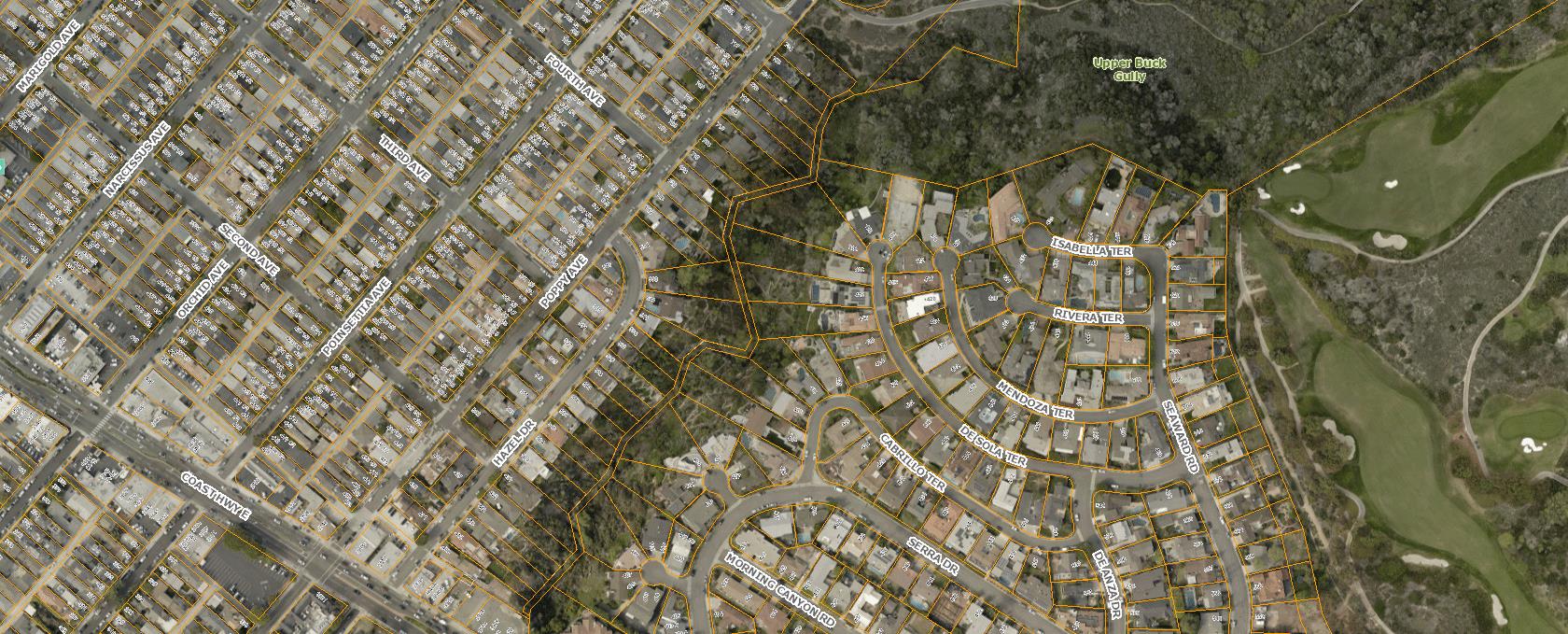
— Photo courtesy city of Newport Beach
The residents would have to bring it to the Council for consideration, Duncan explained.
There is a compromise out there, somewhere between less than clear-cutting but more than the current 100 feet only when there is a significant remodel, both Oeth and Flood agreed. Although they’re not sure what that might be, they added.
Duncan agreed that there is common ground somewhere, but everyone has a different opinion on what the “middle of the road” solution is, he added. The challenge is finding out what that is.
“If we can do fuel management to minimize the risk to an acceptable level, then I support that,” Duncan said. “What that is, (is undetermined). There would have to be some discussions, there would have to have the science behind it.“
There is always more than one side to an issue, Duncan said. Some want it cut down, others want it left alone.
“We have to make sure to look at all sides of it and that we take into account erosion, the environment, the fire threat,” Duncan said. “All of those things are a piece of the puzzle down there.”
Removing too much vegetation can cause issues as well, Duncan said. If it rains there is a concern of erosion and mudslides, he explained.
“It’s really a fine line,” Duncan noted. “You have to be careful how much you manage it, and you have to manage it right.”
There is room for improvement, Duncan noted.
“When the Council tried to make it a little more restrictive and even the playing field (several) years ago, I think that was the right direction to go,” Duncan said.
But ultimately it’s up to the residents, he said, and at the time a number of homeowners didn’t want the code to be that limiting.
HISTORY
Following the 1993 Laguna Beach fire, Newport Beach City Council directed staff to consider some possible regulations to reduce the fire threat to Corona del Mar.
A few years later, during the April 14, 1997, meeting, approved an ordinance pertaining to the “suppression and control of hazardous vegetation.”
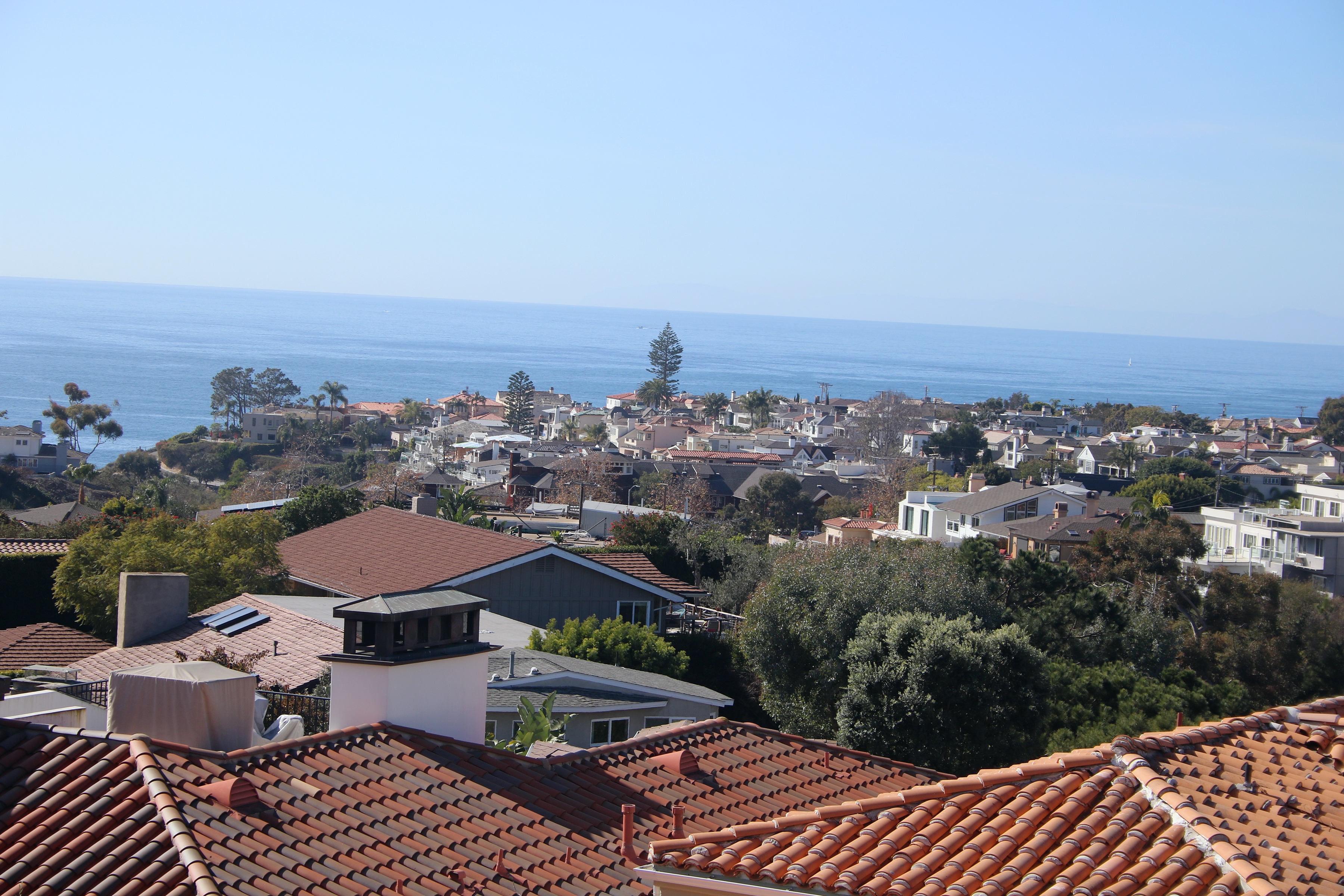
— Photo by Sara Hall ©
There were numerous discussions, which included residents and community groups, including representatives from Friends of Buck Gully, explained former Fire Chief Timothy Riley.
According to the minutes from the 1997 meeting, the main area of disagreement pertained to the level of separation between existing trees that were in the fire defensible space zone. Some wanted 10 feet of separation on the existing trees, while others only wanted it to apply to new trees and have existing trees grandfathered in.
After deliberations, the standards were amended to “strongly recommend” maintenance of the canopy between existing trees, but not “require” separation.
Riley noted that “there will always be sides polarized on the debate about whether to allow unbridled growth or to control growth.”
Then Mayor Pro Tem Tom Edwards called the ordinance a “step forward” and noted that it could be amended.
A decade later, a new council lineup considered adoption of the state fire code at their Nov. 27, 2007, meeting. A few Council members expressed concern that it did not include more stringent regulations for “hazardous and combustible vegetation removal.”
Following more evaluation, fire staff later returned with suggested regulations that more closely aligned with the Cal Fire recommendations.
According to the Sept. 23, 2008, minutes, resident Sean Burke of the Friends of Buck Gully community group raised concerns that the ordinance amendment would create erosion, environmental problems, and actually increase the potential for fires.
Several residents echoed his concerns and others thought it was unfair to request the residents to pay to remove plants from their property, which would decrease their value.
The real problem is enforcement of the current code, Burke noted.
Steve Bunting, the fire marshal at the time, emphasized that replanting appropriate ground cover will assist with irrigation, erosion, and non-native plant growth; and that most of the trees to be removed will be on the slopes, rather than shade trees on flat land. He estimated that about two-thirds of the trees would be removed.
Out of the possible disasters that might occur in the city, a fire in Buck Gully has the greatest potential for damage, noted Keith Curry, who was a councilman in 2008.
It is “not an option to do nothing,” Curry said at the time, but he hoped for some flexibility.
During the July 10, 2012, City Council meeting, city fire staff presented a “redesign” of Cal Fire’s Very High Fire Hazard Severity Zone map. The NBFD’s version reduced the perimeter of the zones by nearly half, explained Scott Poster, the fire chief at the time.
Much of Corona del Mar that was originally included in the Cal Fire map was removed from city staff’s updated version.
Flood, who bought his house in 2008 and did a remodel project around 2010, was involved in the public discussion and supported the state map.
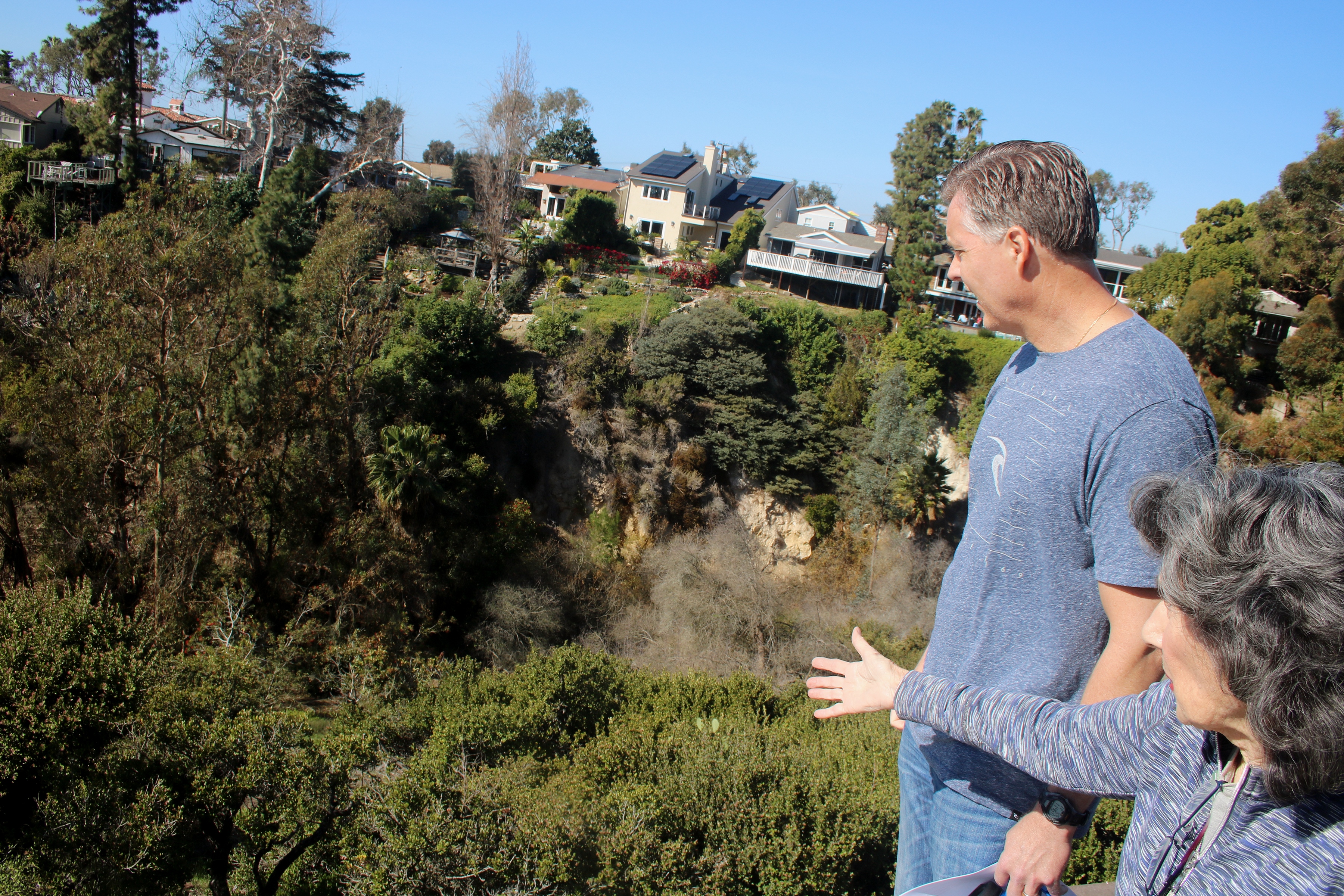
— Photo by Sara Hall ©
The state’s classification for Buck Gully required mandatory fuel modification by property owners in the area, which caused an “uproar” by a “few, but vocal” residents, Flood said.
At the 2012 meeting, Poster explained that some areas on the state map were not measured correctly, particularly relative to wind velocity. And there are already local modification and reduction zones in place, he added.
A lot of research was completed, Poster noted, and the modified map is based off a number of local factors, which he thought was more appropriate.
“It’s not going to eliminate all fire (risk). This zone is designed to prevent a conflagration,” Poster said at the July 2012 meeting.
Council unanimously passed the modified, reduced map.
During his own remodel around 2010, instead of only clearing the required 100 feet, he went all the way to the bottom, around 300 feet, Flood recalled.
“There was a ton of fuel on my property,” Flood said.
It took 10 truckloads to remove all the dead brush, he noted.
“It wasn’t cheap, but in comparison to the cost of having to rebuild a house, it was nothing,” he said.
The cost of clearing and maintaining the vegetation is an issue often raised by residents over the years.
“I do understand that economics comes into it, but I think you can always find a solutions,” Oeth said. “Your home and your community are priceless.”
Not updating the code to include stricter regulations doesn’t make any sense, Oeth said. And it’s dangerous, she added.
“Fire isn’t something you negotiate with,” Oeth said.
Just because Buck Gully hasn’t burned, doesn’t mean it won’t, Oeth said. It’s a very naïve way to think, she noted.
DYNAMICS OF A POTENTIAL FIRE
Anywhere that wildland vegetation backs up against structures is a concern, Duncan said, but there are some elements in Newport Beach that help guard against a fire.
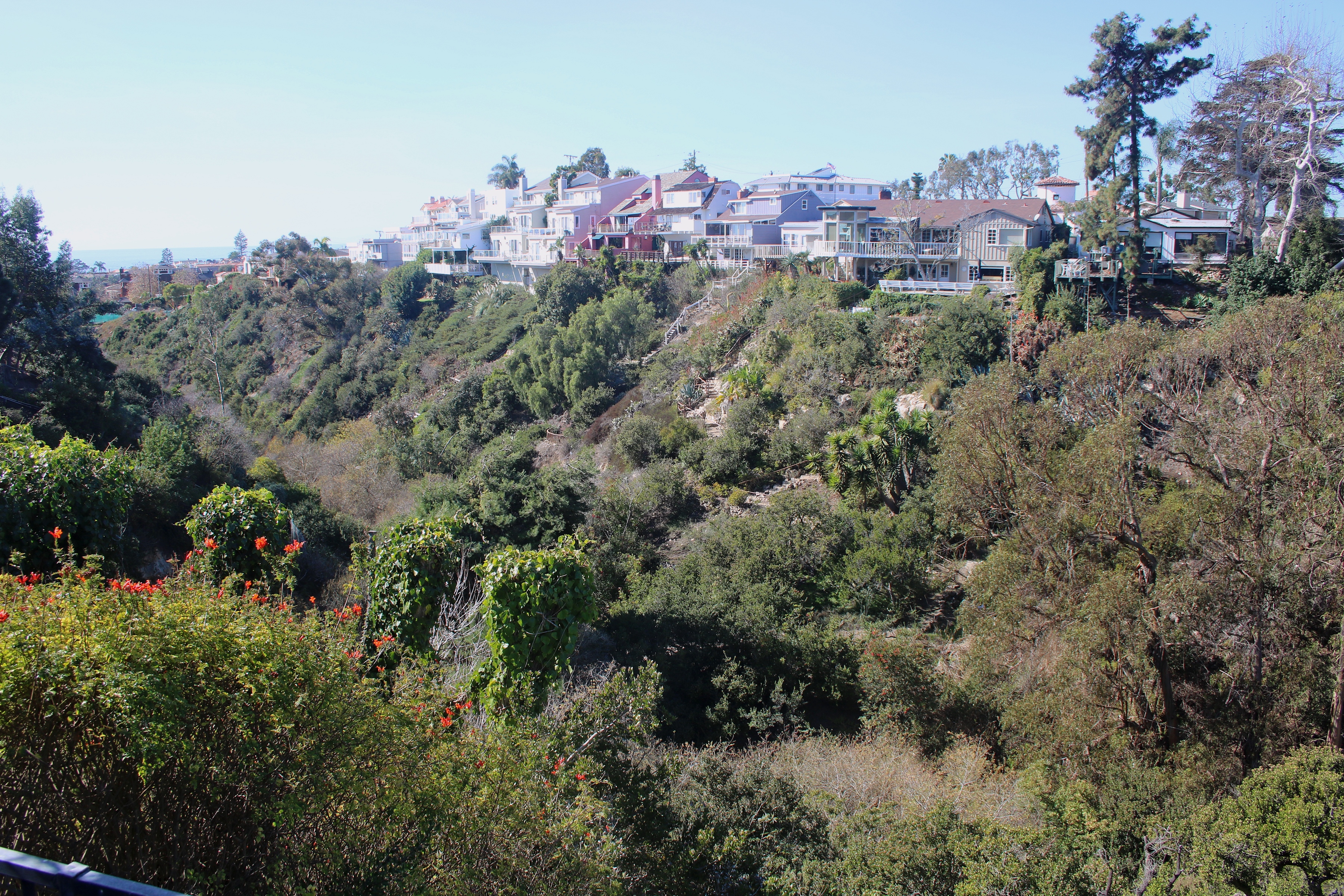
— Photo by Sara Hall ©
“Wildland fire behavior is very, very interesting and it’s driven by the wind… and geography,” Duncan said.
The dynamics of wildland fires, as well as the Campbell Prediction System, consider a number of factors: Amount of fuel, fuel temperature and flammability, wind direction, and time of day.
“In order for the fire to grow, expand and travel, things have to align,” Duncan said. “When all of those things get in a line, the fire is going to make a run.”
Luckily, the Santa Ana winds don’t typically run down through the canyons, Duncan explained. Sometimes it does happen, but not usually, he added. And when they do make it down to the coast, they’re pushing against the onshore winds, which slow them down, he pointed out.
“By the time Santa Ana (wind) gets to the coast, it’s usually lost a lot of its energy,” Duncan said.
Another coastal influence is the relative humidity, which is generally higher so close to the ocean, Duncan explained. This helps reduce the fire risk as well.
“The ocean kind of provides us a little bit of a game changer versus… someplace inland where they don’t have the coastal influence,” Duncan said. “It’s somewhat of a safety net for us.”
Although Buck Gully falls in the “coastal weather zone,” Raetz explained, it’s not free from risk.
“This year we’ve had more coastal red flags than we’ve had in 10 years,” he pointed out.
WHAT RESIDENTS CAN DO
All property owners are encouraged to be proactive and do “whatever they can” to protect their home from a wildfire, Michael noted.
Homeowners should try to keep the groundcover cut low, and dead brush and weeds away from the home, Michael added.
“The less fuel, the less (chance of) fire,” Michael said.
It’s also important to keep things trimmed to allow access to the home, walls and roof for firefighters in case of a blaze, Brisbois pointed out.
Whether the code ever changes or not, there are some steps residents can take to help protect their own homes from fire, Duncan explained: Trim back ornamental vegetation (particularly low hanging trees) and keep it away from the sides of the house and don‘t let it hang over the roof, clean out the gutters, don’t stack firewood against the house, and be wise about storage around the house. He also warned against bark in gardens. If planting ornamental vegetation, he recommended choosing naturally fire-resistant California native plants.
“It’s all about minimizing the risk,” Duncan said.
Raetz recommended fire hardening, smart landscaping, and preparing the defensible space.
He encouraged residents to volunteer for the IRC and the Fire Watch program. Buck Gully is a “hidden gem” that should be protected, he noted.
“Most people have no idea it’s there,” Raetz said. “You’re in Corona del Mar and you can literally disappear into wilderness.”



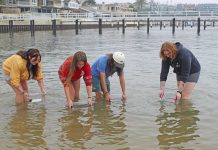

Round and round Buck Gully goes, to wet, to dry its always the homeowners that have to cry! Going back to the early 1960’s Buck Gully was a fire hazard and hard facing the slopes was considered because of high fire concerns. Going to the mid 1980’s upper development began and now water was a sprouting vegetation thick! 2000 oh oh!, now a daily 24/7 creek causing “head cutting” was observed and now its Slope Failure and patio’s and foundations started to move. You see the historically dry Buck Gully became a running creek from Urban Runoff not “groundwater” as “experts and pension holders will say. Oh dear! hear comes the water quality guys saying its illegal to cause all that water to empty into Buck Gully because of its ASBS (Area Of Biological Significance) Protection to the receiving waters and tidal zone. Who you going to believe this time? Take your pick!